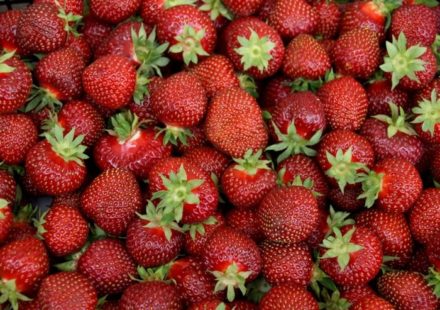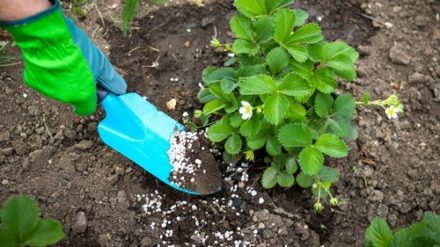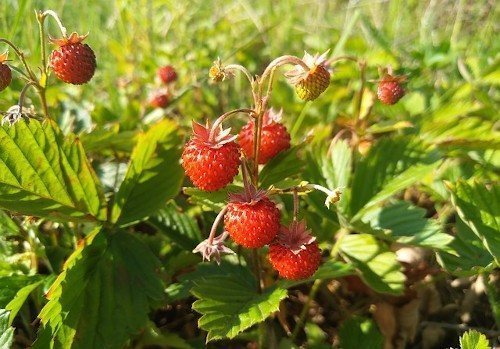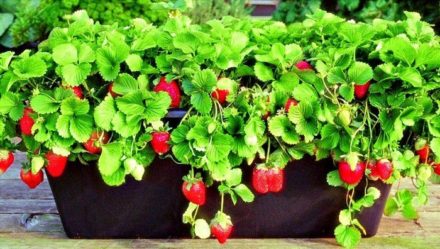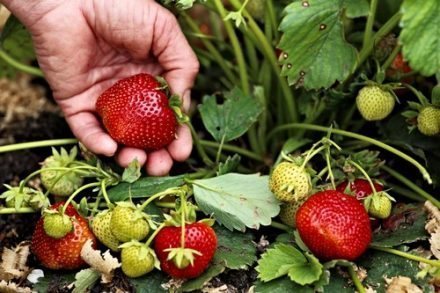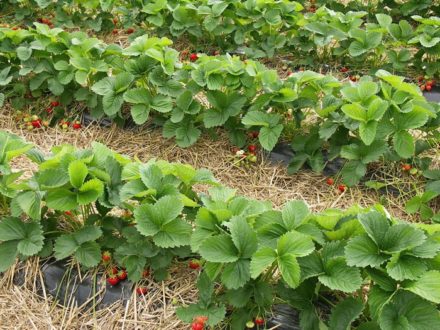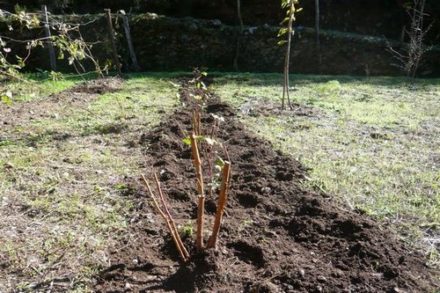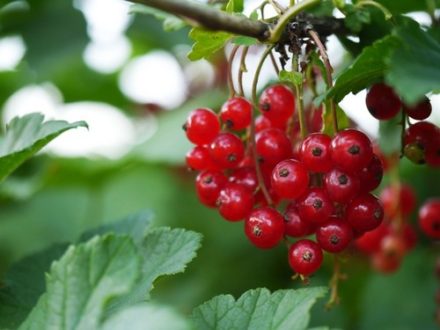From time to time, all plantings of strawberries (garden strawberries) have to be renewed. After 4 years, the bushes become old, stop producing crops, and get sick. Planting material can be obtained on your own site, using several queen cells to form young rosettes. By autumn, the plants will have grown and will require replanting to a permanent location. Autumn planting of strawberries (or rather, they can be planted as early as the second half of August) has its advantages.
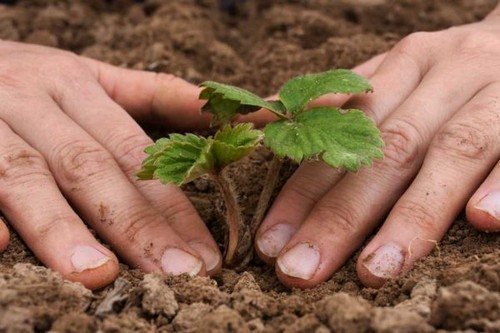
Advantages of autumn planting strawberries
At the end of summer and autumn, the workload of summer residents eases. There is time for leisurely work related to replanting and caring for plants. Therefore, garden strawberries are most often planted in August or September.
Another advantage is the wide selection of planting material. For planting, you can use your own young rosettes or purchased seedlings from a nursery. Bushes planted in autumn do not require careful care, because they will bear fruit only in the next season. Young plants will have time to take root before frost arrives, and next year they will focus all their efforts on growing foliage and forming berries.
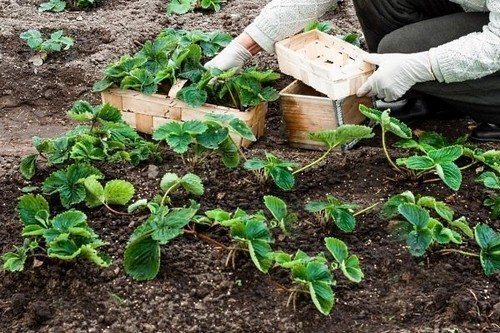
In early autumn there is no longer any heat, the weather changes smoothly, and the plants are not stressed. When planted in spring, there will be no fruiting this season or only single berries will appear. If you plant strawberries in the fall, they will produce a good harvest the next year.
Preparing the bed
The more sun the strawberries receive, the better. It is planted in the most open and illuminated area. In this case, shelter from cold winds (fence, wall, tall bush) should be provided on the north side. Strawberries are not planted in lowlands; they do not tolerate stagnant moisture. The ideal place is a southern gentle slope. Be sure to take into account what crops grew in the garden before. Crop rotation rules must be followed when planting any crops. The best predecessors of strawberries:
- legumes;
- green manure;
- celery;
- parsley;
- dill;
- radish;
- garlic;
- onion.
Garden strawberries should not be planted after nightshade plants, cucumbers, cabbage and other berries. Where strawberries had already grown before, they are replanted no sooner than after 5 years. The culture is undemanding regarding the composition of the soil. It grows well on black soil, loam, and sandy loam soils.
It is necessary that the soil is loose, nutritious, slightly acidic. If the soil is severely depleted, before planting strawberries, it is better to sow the bed with green manure (lupine, oats, mustard). In this case, the soil structure will improve, and its composition will be enriched with nitrogen and other important elements.
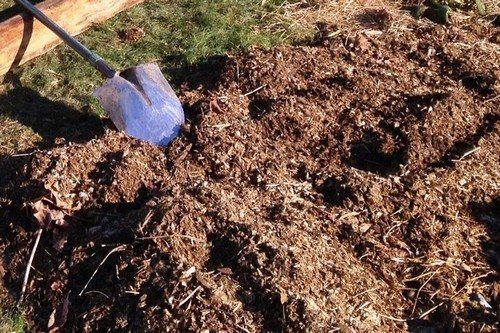
Green manure is sown in spring or early summer, and before flowering, it is mowed and embedded in the ground. In other cases, 10 kg of humus or compost, 70 g of superphosphate and 30 g of potassium salt are added to the soil 3-4 weeks before planting strawberries for each square meter. Mineral fertilizers can be replaced with 100 g of wood ash.
Landing Features
The planting of seedlings must be done before the second ten days of September.Plants must have at least 30 days before frost to establish roots. If the weather is warm, it is better to remove the leaves of the seedlings, leaving no more than 2 healthy leaves - this will reduce the evaporation of moisture during the rooting period. Roots that are too long are shortened to 7 cm.
Strawberries are planted in rows in the garden bed, maintaining an interval of 30 cm between holes. Row spacing should be 50–70 cm wide. The depth of each hole is 10 cm. If it was not possible to fill the bed with fertilizers in advance, they can be added directly to the hole. Throwing a handful of humus and wood ash at the bottom of the hole, cover them with a layer of soil on top, preventing contact with the roots.
After this, the holes are spilled with water and planting begins:
- The seedling is placed in the hole, first straightening the roots. The roots should not bend upward.
- The root system is covered with soil, making sure that the “heart” (growth point) remains at soil level after planting.
- After planting, the soil is carefully compacted by hand.
- Water the soil again.
After planting, strawberries are mulched with compost, hay, rotted sawdust, bark or pine needles. Pine needles contribute to soil acidification, so before use they are mixed with wood ash.
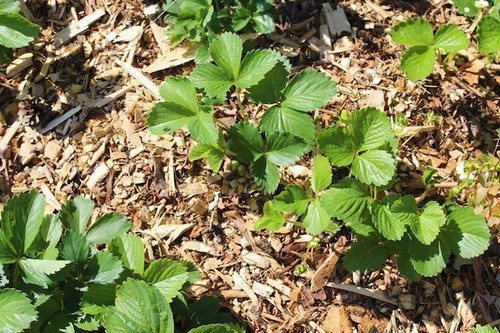
The first time after planting, plants need moisture for successful rooting. If the weather is dry, the strawberries must be watered with small portions of water for 2 weeks. The crop does not require any further care after autumn planting.


